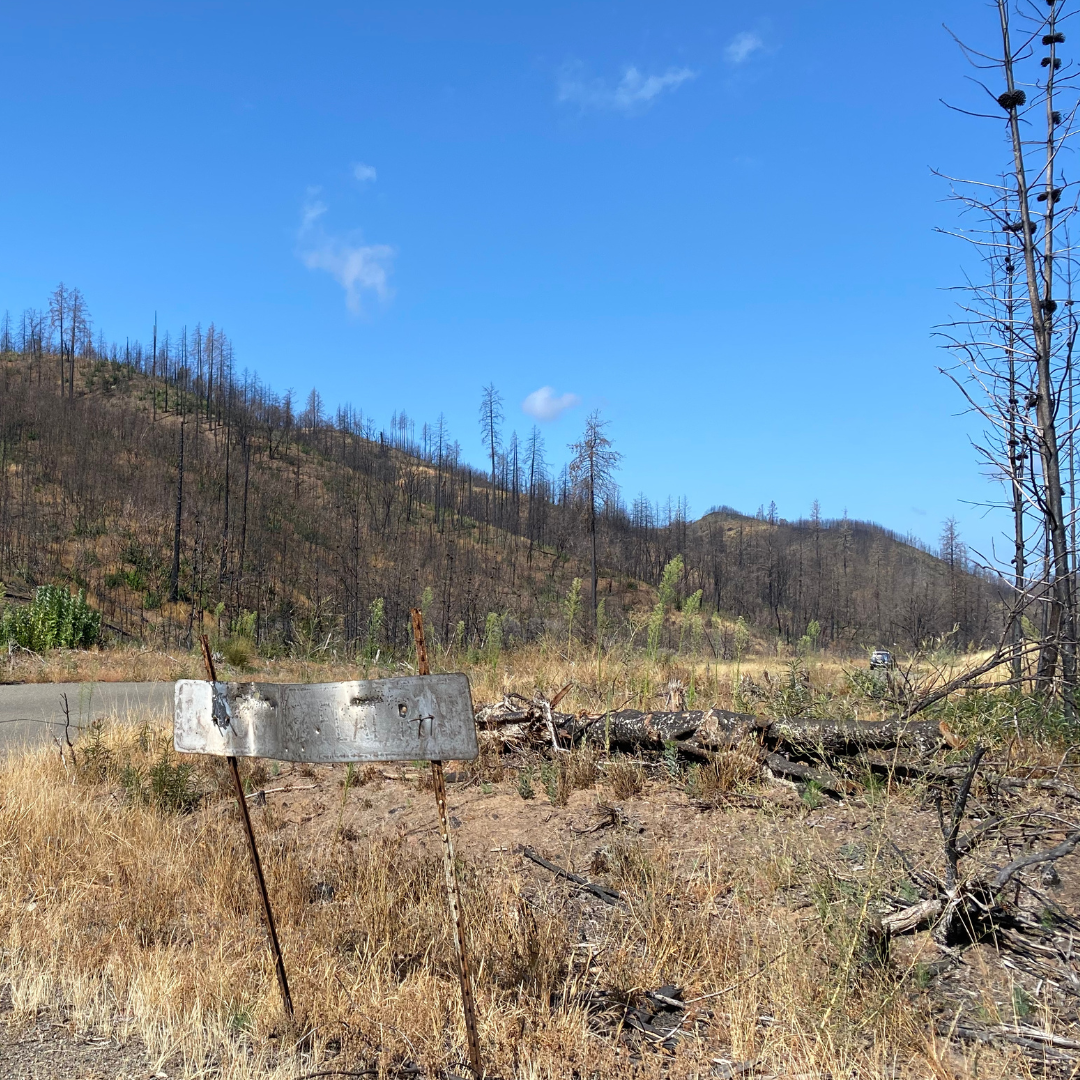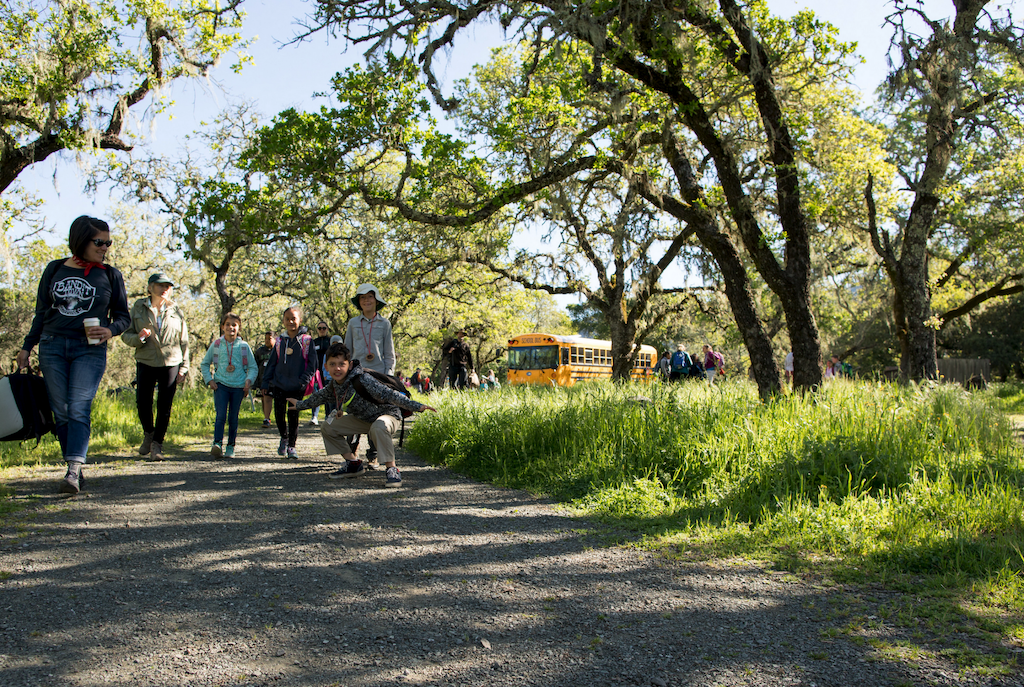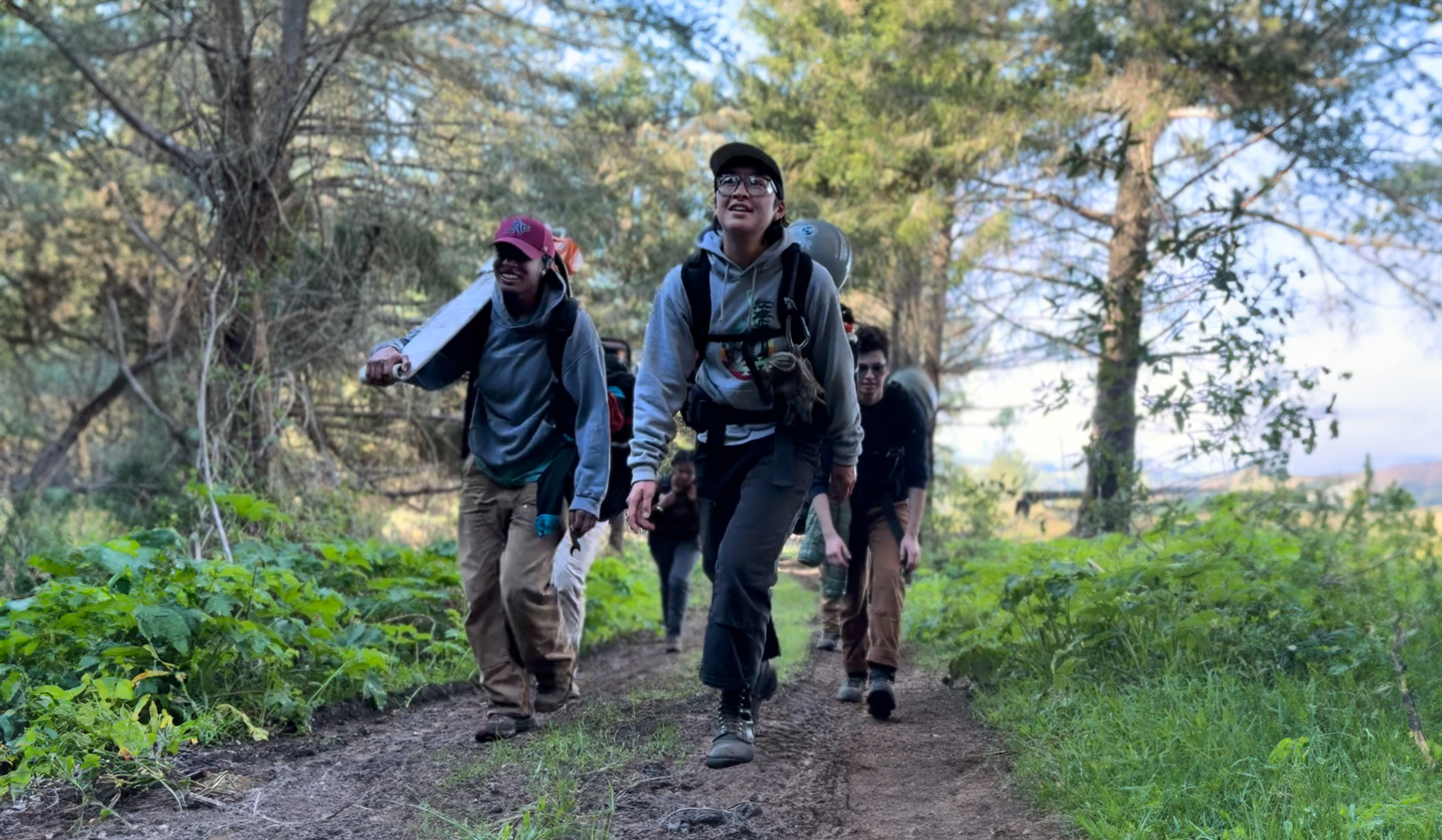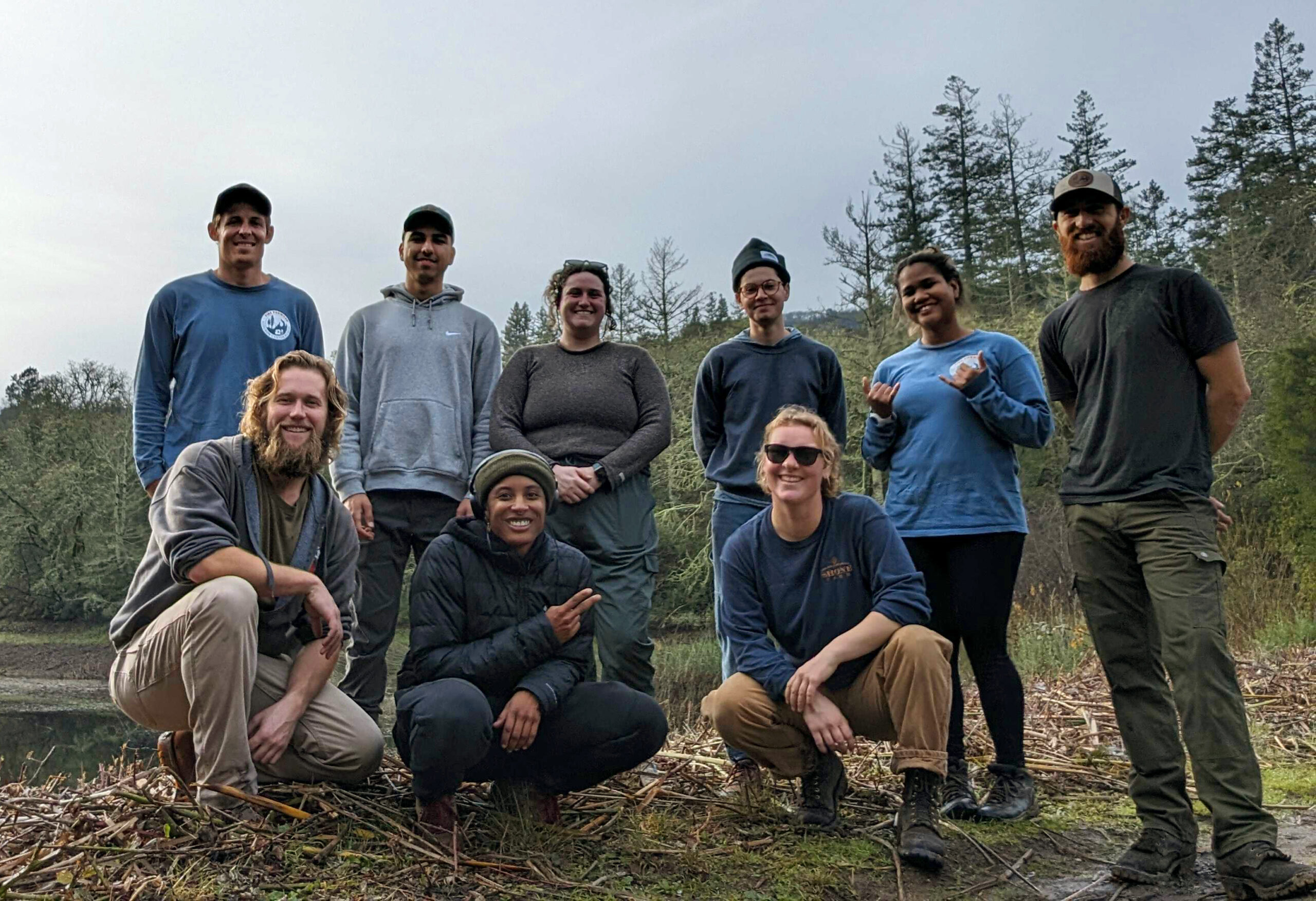|
Getting your Trinity Audio player ready...
|
Some rocky soils, like serpentine, also contain high amounts of heavy metals like iron, magnesium, cobalt, and chromium
Soil composition plays a key role in the survival of California’s endemic species. Now, scientists are finding that high intensity fires that burn across rocky, serpentine soils transform some of the benign forms of metals, such as chromium, into a carcinogenic form, as hexavalent chromium. When catastrophic wildfires, which are often paired with high winds, burn fast and hot, these metals may pose a threat to humans and wildlife.
To complete the research that led to this discovery, a team of scientists affiliated with Stanford University needed soil samples from recently burned habitats across a range of different geologies, including serpentine soil. Audubon Canyon Ranch’s Modini Preserve, which experienced high-intensity wildfire in 2019, was one area that scientists targeted for soil samples.
Alandra Lopez, a postdoctoral scholar in Earth system science at the Stanford Doerr School of Sustainability, led this study. In the weeks following the Kincade Fire of 2019, Lopez reached out to Michelle Cooper, the preserve manager and resident biologist at Modini Preserve, to go about collecting samples and begin seeing if the metals naturally found in soils and vegetation posed a harmful threat when burned at high temperatures.
Stanford scientists needed samples from recently burned serpentine soils for study
When Lopez connected with Cooper to collect soil samples, Cooper was more than willing to help. “Our preserves support a lot of outside research in addition to what we’re studying here,” she states. “In the last year, we have helped a lot of scientists get the samples they need.”

From rare seed collection with scientists at UC Davis and Center for Plant Diversity to bear scat collection for scientists with the North Bay Bear Collaborative, the land and staff at Modini Preserve support outside research as part of Audubon Canyon Ranch’s strategic plan to amplify impacts by collaborating, sharing, and learning from others.
Over a day and with the help of lab mates and former preserve ecologist Julianne Bradbury, Lopez collected soil cores from six areas in burned grassland and forested areas across Modini Preserve. She also collected soil and ash from Pepperwood Preserve and Sonoma Land Trust’s White Rock Preserve in Sonoma County and McLaughlin Natural Reserve in Lake County. The results surprised her.
“We often associate high metal concentrations with ash from burned structures, like buildings and automobiles. While these are acute point sources and present serious exposure concerns, our study suggests that more attention should be paid to wildfire-modified chromium in wildland — especially where metals are naturally present in high concentrations due to rock types,” Lopez writes.

“This would more thoroughly characterize the overall threats that severe wildfires pose to human health. Severe wildfires can burn across many thousands of acres, many of which are wildlands. Metals may be widespread in these burned areas, and we can use geology and fire severity to start to understand potential threats.”
–Dr. Alandra Lopez

Serpentine soils aren’t the problem: High intensity wildfires are the issue
So far, Lopez’s study has garnered significant attention from the media too, including reports by the Press Democrat, KQED, and NPR.
“I’m glad word is getting out — we need more people to recognize how catastrophic wildfires are really bad for human and ecological health. And that these high-intensity fires are exacerbated by climate-change-fueled drought.”
–Dr. Alandra Lopez
Serpentine soil is rare in California — it’s also the state rock. It comprises 1% of the land area in California (Kruckeberg 1986). And while this is a small area, comparatively, these soils support 10% of California’s endemic flora (Rostami 2021). As high-metal, high-stress areas, these soils are most suitable for highly adapted plants that have been growing in such areas for thousands of years; non-native plants often cannot thrive with the high magnesium and iron, while being deprived of nutrients like calcium, sodium, and potassium (Rostami 2021).
Prescribed fire may be a useful tool for reducing high-heat wildfire that causes soil conversion of chromium. “In our study, we found that lower severity fires did not result in significant increases in hexavalent chromium, even in serpentine soils with naturally high concentrations in the benign form of chromium,” says Lopez. “However, more research is needed to better understand the effects of different fire types, and whether soil-borne metals also appear in smoke particulate matter.”
“Fires affect serpentine and non-serpentine communities differently” and much of the research is ongoing (Rostami 2021). Supporting fire and soil research on areas with serpentine soils will be important across fields like habitat restoration, health, and wildfire management.
Collaborating with other researchers is important for the health of our communities
At Audubon Canyon Ranch, we believe in supporting ecological research so we can learn and adapt to our surroundings, together. This is just one study made possible by collaborating with researchers from various organizations, institutions, and agencies on the lands that we steward.
By becoming an Audubon Canyon Ranch member, you make scientific studies and collaborative relationships like this possible. Together we are building a more resilient world.
Read Lopez’s paper in Nature Communications for the full scoop.
References
- Lopez, A.M., Pacheco, J.L. & Fendorf, S. Metal toxin threat in wildland fires determined by geology and fire severity. Nat Commun 14, 8007 (2023). https://doi.org/10.1038/s41467-023-43101-9
- Rostami, B., and Francisco, G., Bregoff, H., & Ruggles, L. Stress tolerance: Understanding morphological plant trade-offs in serpentine soil. California Ecology and Conservation Research 5.1 (2021). https://doi.org/10.21973/N3F66P.




